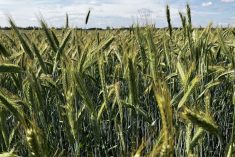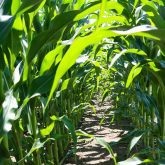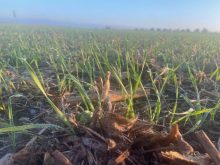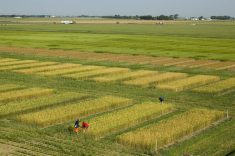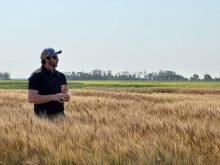The latest performance numbers are available for growers looking to pick a winter cereal variety this fall.
Yield results are in from the 2024 Manitoba Crop Variety Evaluation Team fall rye and winter wheat testing locations across Manitoba. In addition to yield, agronomic and disease resistance information for tested varieties is shown in the variety description tables.
Winter Wheat
Read Also

Manitoba boosts stake in cereals centre to $23.5 million
Premier Wab Kinew said the additional project funds will help ‘Trump-proof’ the provincial economy.
Click chart for larger image


Fall Rye
Click chart for larger image


Things to consider
Comparing yields: Data provided in the yield comparison tables helps to make comparisons between varieties at each site. Use the statistical information provided in the grey-shaded area at the bottom of the table to see if differences between varieties are significant.
To know if yield differences mean something, look at “Significant Difference” (Sig Diff) for each site, indicated as yes/no. If yes, yield differences between varieties indicate real differences. When a site has shown significant difference, the “Least Significant Difference” (LSD) value is also shown, indicating the number of bushels per acre that varieties must differ by to be considered significantly different. For example, winter wheat varieties at the Arborg site must differ by more than eight bu./ac. to be considered significantly different.
Comparing long-term yields: Yields at a single site in a single year can be a poor indicator of how the variety may perform in your field in 2025. Look at long-term yield data or yields collected over many years and locations to get a better indication of potential performance over a variety of environmental conditions.
When choosing a new variety, check previous Seed Manitoba guides, available at www.seedmb.ca, to see how consistently a variety performs across years and locations.
Agronomic and disease resistance: Yield is important, but other characteristics like maturity, height, standability, winter hardiness and disease resistance are also critical to maximize yield potential and quality.
Seed Manitoba 2025
Seed Manitoba 2025 will be available in early December. The guide will provide the 2024 small plot replicated and unbiased information on post-registration variety performance of many Manitoba crop types. Seed Manitoba is a collaborative effort between the Manitoba Seed Growers’ Association, Manitoba Agriculture and the Manitoba Co-operator.
Anne Kirk is Manitoba Agriculture’s cereal specialist. Contributors to the early release of this data include Manitoba CropVariety Evaluation Team co-ordinator Chami Amarasinghe and University of Manitoba wheat breeder Curt McCartney, as well as site contractors and funding agencies.




